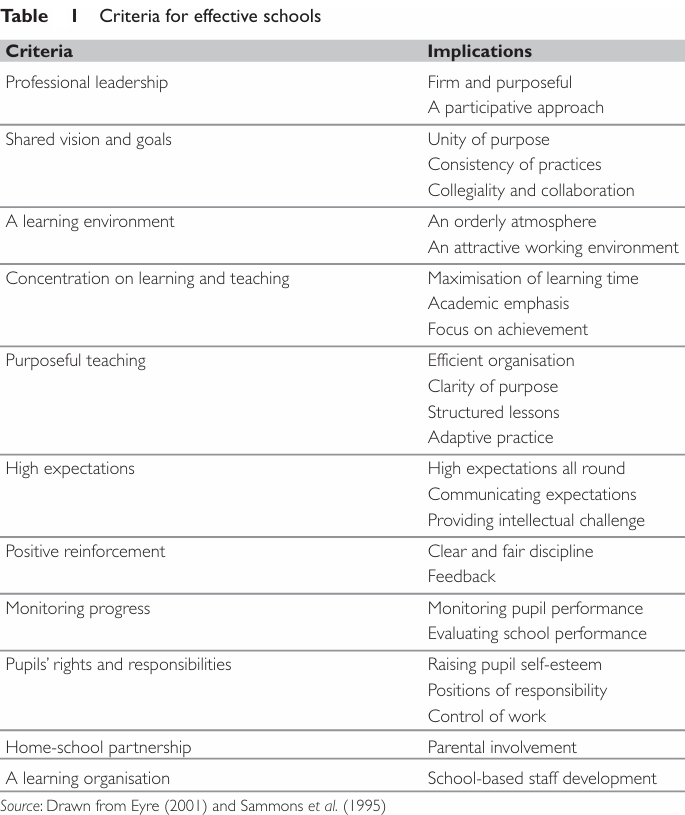

Grammar


Tenses


Present

Present Simple

Present Continuous

Present Perfect

Present Perfect Continuous


Past

Past Continuous

Past Perfect

Past Perfect Continuous

Past Simple


Future

Future Simple

Future Continuous

Future Perfect

Future Perfect Continuous

Passive and Active


Parts Of Speech


Nouns

Countable and uncountable nouns

Verbal nouns

Singular and Plural nouns

Proper nouns

Nouns gender

Nouns definition

Concrete nouns

Abstract nouns

Common nouns

Collective nouns

Definition Of Nouns


Verbs

Stative and dynamic verbs

Finite and nonfinite verbs

To be verbs

Transitive and intransitive verbs

Auxiliary verbs

Modal verbs

Regular and irregular verbs

Action verbs


Adverbs

Relative adverbs

Interrogative adverbs

Adverbs of time

Adverbs of place

Adverbs of reason

Adverbs of quantity

Adverbs of manner

Adverbs of frequency

Adverbs of affirmation


Adjectives

Quantitative adjective

Proper adjective

Possessive adjective

Numeral adjective

Interrogative adjective

Distributive adjective

Descriptive adjective

Demonstrative adjective


Pronouns

Subject pronoun

Relative pronoun

Reflexive pronoun

Reciprocal pronoun

Possessive pronoun

Personal pronoun

Interrogative pronoun

Indefinite pronoun

Emphatic pronoun

Distributive pronoun

Demonstrative pronoun


Pre Position


Preposition by function

Time preposition

Reason preposition

Possession preposition

Place preposition

Phrases preposition

Origin preposition

Measure preposition

Direction preposition

Contrast preposition

Agent preposition


Preposition by construction

Simple preposition

Phrase preposition

Double preposition

Compound preposition


Conjunctions

Subordinating conjunction

Correlative conjunction

Coordinating conjunction

Conjunctive adverbs


Interjections

Express calling interjection


Grammar Rules

Preference

Requests and offers

wishes

Be used to

Some and any

Could have done

Describing people

Giving advices

Possession

Comparative and superlative

Giving Reason

Making Suggestions

Apologizing

Forming questions

Since and for

Directions

Obligation

Adverbials

invitation

Articles

Imaginary condition

Zero conditional

First conditional

Second conditional

Third conditional

Reported speech


Linguistics

Phonetics

Phonology


Semantics


Pragmatics

Linguistics fields

Syntax

Morphology

Semantics

pragmatics

History

Writing

Grammar

Phonetics and Phonology


Reading Comprehension

Elementary

Intermediate

Advanced
Meeting the needs of gifted and talented pupils
المؤلف:
Richard Bailey
المصدر:
Additional Educational Needs
الجزء والصفحة:
P134-C9
2025-04-16
98
Meeting the needs of gifted and talented pupils
The education of gifted and talented pupils can best be considered as part of more general commitment towards ensuring appropriate educational opportunities for all children. There is certainly no expectation that provision for gifted and talented pupils should be at the expense of others in the school. Rather, meeting the needs of gifted and talented pupils is essentially about building on general good practice (Eyre, 2001). So, schools that meet the criteria for effective schools (such as offered by Sammons et al., 1995) will also be effective in meeting the needs of gifted and talented pupils (see Table 1)).
Discussion
Using Table 1 as a framework for discussion, consider the changes that might be brought about in schools that you know in order to maximize opportunity for gifted and talented pupils. You might begin this exercise by adding a further column to the right of Table 1, and draw out implications for the education of the gifted and talented.

The White Paper Schools Achieving Success (DfES, 2001b) sets out a policy statement for gifted and talented education. In doing so, it offers a useful summary of good practice. It is suggested that provision should do the following:
■ Build on pupils’ particular strengths and tackle any weaknesses, making sure they receive a broad and balanced education.
■ Combine in-school learning with complementary opportunities out of school hours.
■ Provide more opportunities for pupils to progress in line with ability rather than their age and, where possible, achieve mastery rather than superficial coverage of all subjects.
■ Blend increased pace, breadth and depth in varying proportions according to pupils’ ability and needs.
To help make such lists more concrete, reflect upon the following case studies. In each case, consider what you and your school might do to adequately meet each child’s needs.
Case study 1
Paul enjoys mathematics and finds learning its concepts relatively easy, compared to his peers. In fact, at only six years of age, he is carrying out GCSE coursework at home, because his parents cannot find a school that could meet his needs. He rarely plays with other children outside his home. At school, he is starting to become restless and bored, and his parents are concerned that he may soon begin to misbehave.
Discussion
■What can schools do to meet the special needs of children like Paul?
■ Is there a specific role for teaching assistants, who may not have his level of ability in an area of the curriculum?
Case study 2
Ahmed,12,enjoys politics, and has told you that he would like to become a journalist. He reads his parents broad sheet newspaper every day, and frequently engages you in discussions about current affairs. He has recently joined the school debating club, and has rapidly become one of its stars. His spoken language is excellent, but his written work is less strong.
Discussion
Ahmed’s parents ask you for advice with regard to meeting his educational needs, and keeping him motivated. What could you suggest to them?
Case study 3
Sally is an excellent games player. In fact, according to her PE teacher, she is one of the best athletes she has seen. However, Sallys poorly developed social skills, her lack of understanding of others in her team, and her frequent outbursts of frustration during competitions means that she rarely makes school teams. Her teacher says that she has the potential to do very well, but at the moment, she is a long way from realizing it.
Discussion
■ In what ways could a mentor contribute to Sally’s development in PE?
■ What strategies could be employed to address her areas of weakness and build on her strengths?